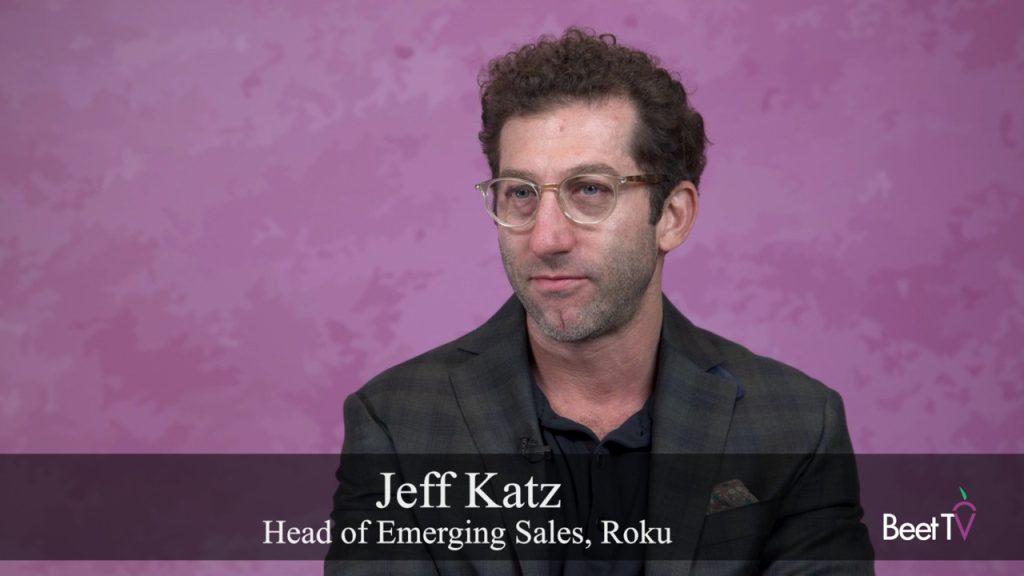CANNES — In a world where consumers engage with content and make purchases across a myriad of devices and channels, businesses face the daunting challenge of stitching together fragmented data signals to understand the full customer journey.
“Identity resolution is a set of technologies or capabilities that can stitch these signals together into notions of people or households or even businesses to know what things go with what,” says Adam Solomon, Global Head of BD & GTM at Amazon Web Services, in this video interview with CIMM MD Jon Watts for Beet.TV.
But identity resolution is just one piece of the larger puzzle that companies are trying to solve – achieving a comprehensive 360-degree view of their customers.
No Company is an Island
The reality is that most businesses only have a small slice of the customer data pie. “Depending upon what kind of business you’re in, you don’t have a 360 degree view. You’re lucky if you have 10 degrees, 20 degrees,” Solomon acknowledges.
This is where data collaboration and clean rooms come into play.
“If you’re looking to round out that view of the customer and someone else has that signal, how can you collaborate interoperate and work with others to associate their understanding of the customer with your understanding and get that fuller view?” he asks.
The Future of Clean Rooms
While clean rooms are currently a hot topic in the advertising industry, Solomon believes that they will eventually fade into the background as an enabling technology rather than a standalone solution.
“In the future, clean room technologies are going to be used to facilitate that analysis in a privacy enhanced way, but it won’t be at the forefront.
“It’ll be more of an enabling set of capabilities and technologies,” he predicts.
AI and Machine Learning Will Supercharge Collaboration
As data collaboration evolves, Solomon sees exciting opportunities to leverage artificial intelligence and machine learning to unlock even more powerful insights.
“Imagine if you can train machine learning models and then build segments without actually mixing data together,” he suggests.
“A marketer brings a seed, a publisher has event data. What if you can bring both of these to a clean room environment and produce lookalike, act-alike audiences or audiences with propensity to take an action?”














































